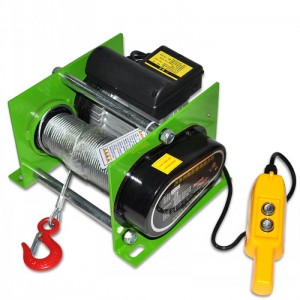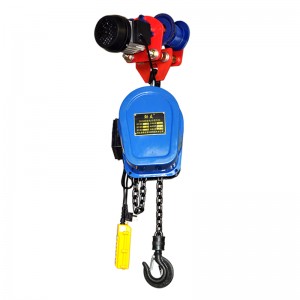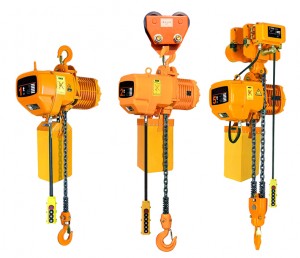Safety Considerations:
When using a lifting hoist, it's essential to follow proper safety protocols to prevent accidents. Here are some key safety considerations:
Operator Training: Only trained and authorized personnel should operate hoists. Proper training ensures the operator understands the hoist's capabilities, limitations, and safety procedures.
Load Capacity: Do not exceed the hoist's specified load capacity. Overloading a hoist can lead to equipment failure, accidents, and injuries.
Inspections: Regularly inspect the hoist for any signs of wear, damage, or malfunction. This includes checking the motor, control system, hooks, chains, and wire ropes.
Maintenance: Follow the manufacturer's recommended maintenance schedule to keep the hoist in good working condition. This may involve lubrication, checking electrical connections, and replacing worn-out parts.
Environmental Factors: Consider the working environment when using a hoist. Factors such as temperature, humidity, and the presence of corrosive substances can affect the hoist's performance and lifespan.
Rigging and Slinging: Properly rig the load and use appropriate slings or attachments to ensure secure lifting. Improper rigging can result in load instability and accidents.
Communication: Establish clear communication between the hoist operator and other personnel involved in the lifting operation. Use hand signals or radios to ensure everyone is aware of the lifting actions and can respond accordingly.
Remember, these are just general considerations, and it's crucial to refer to the specific instructions and guidelines provided by the hoist manufacturer for safe and proper use.
Post time: Apr-25-2024







